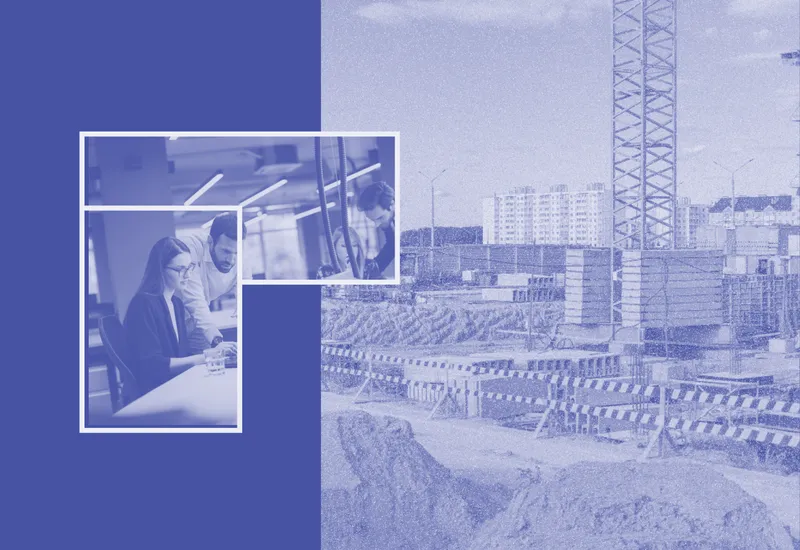What Is a Draw Request?

Construction loans are unique in that they disburse funds incrementally. This process, known as a draw, requires careful management to ensure that funds are released in alignment with project milestones. When project owners need more funds to continue construction, they must submit a draw request.
What is a Draw Request?
Managing the flow of funds within a construction loan is much different than the process for traditional loans. Rather than receiving a lump sum check, construction loans pay out the loan amount over the course of the project. The installments are called draws, as the lender draws funds from the account. A draw request is necessary to ensure the disbursement of funds.
A draw request is a borrower’s request for funds. To submit a draw request, borrowers need to compile a draw package. These packages contain invoices, receipts, budgets, change orders, and lien releases. The draw package must be aligned with the overall project plan and budget. A project owner or contractor might submit a draw request during the course of the project.
For large projects, draw requests can have up to 500 documents. The capital partner reviewing the request has to sort through each document to make sure they’re accurate. It’s critical that borrowers include all the required information the first time—no one wants to re-submit a 500-document draw package.

Documents Contained in a Draw Request
Let’s break down the different documents included within a draw request.
Invoices and Receipts: To get paid, contractors and suppliers must submit an invoice for the work performed during the draw period. People who provide an invoice include plumbers, electricians, drywall installers, roofers, and architects. These invoices vary in their level of detail and must be reviewed carefully to make sure they match the project scope and to avoid the risk of overcharges or mistakes. One of the biggest draw package frustrations comes from catching duplicate invoices.
Lien Waivers and Releases: Conditional lien waivers and releases are submitted along with invoices. Once contractors are paid for their work, they negate the conditional lien by submitting an unconditional lien. Liens serve as one of the top risks associated with construction lending, and the lien-free completion of the project is the goal for construction capital partners.
Budget: In construction, a budget is sometimes referred to as a schedule of values or scope of work. It’s typically a spreadsheet showing the progress of each element of the project. When managing a budget in a spreadsheet, each line item within the budget must be updated with each new draw request. Many accountants and construction loan administrators prefer software that automates budget review, identifies errors, and provides recommendations to address any issues.
Change Orders: When changes happen during a construction project, the project owner submits a change order. A change order document provides a description of the adjustments made, any additional time allowance required, and the associated costs. It serves as an addendum to the original project contract. Common reasons for construction change orders include errors or omissions in the project scope, design changes, or material substitutions.
As you can imagine, draw requests are massive documents with a long list of items to review. One of the most significant challenges is reviewing and approving draw requests quickly. These large files typically come with honest mistakes or hard-to-read elements like a handwritten receipt or invoiced items that don’t seem to match the schedule of values. It’s the challenging job of construction loan administrators to make sense of the draw packages and work within their organizations to get proper approvals. Luckily, tools like Rabbet serve as a helpful assistant to construction loan management by taking on much of the tedious and error-prone document review and reconciliation work.
Reviewing draw requests isn't easy! Rabbet Construction Finance helps capital partners expedite the draw approval process through built-in data validation and automated document reading. Talk to us to learn more about how Rabbet's software solution can accelerate your draw process.
















